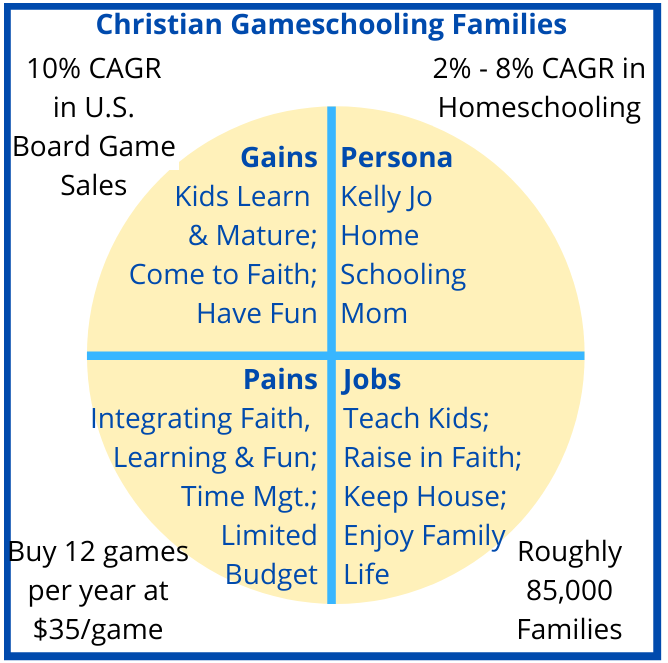In our last article, we completed the journeys from Jesus’ childhood described in Matthew and Luke. We have looked at the journeys he took as a pre-born infant, those he took as an infant and young child, and a journey he took as a twelve-year-old boy.
With this article, we jump forward 18 years to the beginning of his ministry. All four gospels begin this phase of Jesus’ life by describing his baptism by John at the Jordan River (Matthew 3:13, Mark 1:9, Luke 3:21-22, John 1:28-29).
From Mark’s account, we see that Jesus came from Nazareth: In those days, Jesus came from Nazareth of Galilee, and was baptized by John in the Jordan. (Mark 1:9)
And from John’s account we see that He came to John at Bethany beyond the Jordan: These things were done in Bethany beyond the Jordan, where John was baptizing. (John 1:28)
As with most Gospel accounts, we don’t know what route Jesus took. He may have taken the Patriarch’s Way, which was one of the main routes between North and South. We discussed this route when we looked at the journeys between Jerusalem and Nazareth. However, it’s also possible he took a road closely paralleling the Jordan River.
The Jordan River plays a major role in Biblical history. Lot chose to settle in the Plain of the Jordan near the Dead Sea (Genesis 13:11). In the exodus, Moses and the Israelites circled around until they were on the east side of the Jordan, across from Jericho (Numbers 22:1) and Joshua miraculously led the nation across the Jordan on dry ground (Joshua 3:17). The river also played a key role in many battles (e.g. Judges 3:28, 8:4; 2 Samuel 10:17). Elijah and Elisha also crossed the Jordan on dry ground (2 Kings 2:8, 14). Naaman’s leprosy was healed by the waters of the Jordan (2 Kings 5:14).
From these stories, we might get a sense that the Jordan is a mighty raging river. It is not. The portion of the Jordan between the Sea of Galilee and the Dead Sea averages 100 feet across and 7-8 feet deep. However, during certain times of the year, the river flooded (Joshua 3:15), overflowing its banks and became much wider and deeper.
Also, the river does drop significantly over the 65 miles from the Sea of Galilee to the Dead Sea (from 680 feet below sea level to 1300 feet below sea level, the lowest point on earth). Especially at the very southern end, the river rushes into the Dead Sea.
In fact, one of the main features of the Jordan is that it is in a very deep gorge. You literally go down to the Jordan. Remember Jerusalem, just 20 miles from the northern end of the Dead Sea, is at an elevation of about 2500 feet above sea level, so the drop in elevation over those 20 miles is 3800 feet, or nearly three-quarters of a mile.
In our very first article we told how Mary, carrying Jesus in her womb, visited her relative Elizabeth in the hill country of Judah. I didn’t mention it at the time, but Elizabeth was also miraculously pregnant. Her husband Zecharias had been visited by an angel who had given him the good news:
But the angel said to him, “Don’t be afraid, Zacharias, because your request has been heard. Your wife, Elizabeth, will bear you a son, and you shall call his name John. 14 You will have joy and gladness, and many will rejoice at his birth. 15 For he will be great in the sight of the Lord, and he will drink no wine nor strong drink. He will be filled with the Holy Spirit, even from his mother’s womb. 16 He will turn many of the children of Israel to the Lord their God. 17 He will go before him in the spirit and power of Elijah, ‘to turn the hearts of the fathers to the children,’ and the disobedient to the wisdom of the just; to prepare a people prepared for the Lord.” (Luke 1:13-17)
And now, 30 years later, God called John to his ministry, leading him to the Jordan river:
In those days, John the Baptizer came, preaching in the wilderness of Judea, saying, 2 “Repent, for the Kingdom of Heaven is at hand!” 3 For this is he who was spoken of by Isaiah the prophet, saying,
“The voice of one crying in the wilderness,
make the way of the Lord ready!
Make his paths straight!”
4 Now John himself wore clothing made of camel’s hair with a leather belt around his waist. His food was locusts and wild honey. 5 Then people from Jerusalem, all of Judea, and all the region around the Jordan went out to him. 6 They were baptized by him in the Jordan, confessing their sins. (Matthew 3:1-6)
Bethany beyond the Jordan was about 25 miles from Jerusalem and, according to Google Maps, it would take about 8 1/2 hours to walk there. This was no minor trek and yet people in great numbers (“all Judea”) were being drawn to hear the preaching, to confess their sins, repent, and be baptized.
But one came from well beyond Judea who had no sins to confess. According to Google Maps, walking from Nazareth to Bethany Beyond the Jordan is a 130 km (80 mi), 26 hour journey.
John made the way of the Lord ready, telling his audience:
“I indeed baptize you in water for repentance, but he who comes after me is mightier than I, whose sandals I am not worthy to carry. He will baptize you in the Holy Spirit. (Matthew 3:11)
And when Jesus came, John didn’t feel worthy to baptize him.
Then Jesus came from Galilee to the Jordan to John, to be baptized by him. 14 But John would have hindered him, saying, “I need to be baptized by you, and you come to me?”
15 But Jesus, answering, said to him, “Allow it now, for this is the fitting way for us to fulfill all righteousness.” Then he allowed him. (Matthew 3:13-15)
This was a long journey, but an important one.
In those days, Jesus came from Nazareth of Galilee, and was baptized by John in the Jordan. 10 Immediately coming up from the water, he saw the heavens parting and the Spirit descending on him like a dove. 11 A voice came out of the sky, “You are my beloved Son, in whom I am well pleased.” (Luke 1:9-11)
God anointed Jesus for the work ahead of Him. His ministry had begun.
—
The map at the top of this post shows part of the gameboard of the current prototype of the Journeys with Jesus game.
If you’ve found this interesting and would like to continue to read these stories of the journeys and places in Journeys with Jesus, sign up in the sidebar to receive updates.
Note: all scripture quotes, unless otherwise noted, are from the World English Bible which is in the public domain.



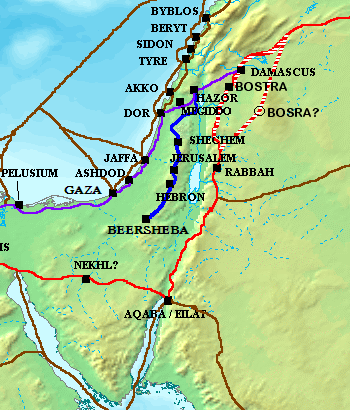

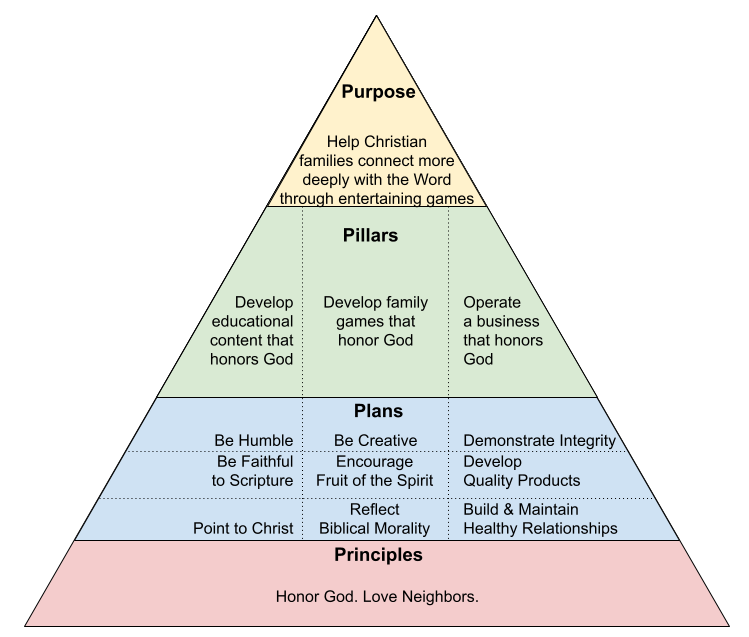
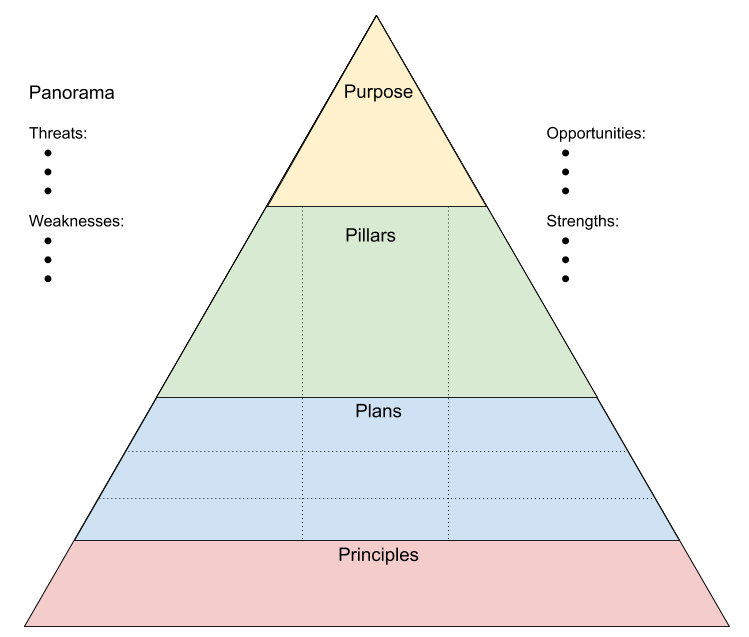
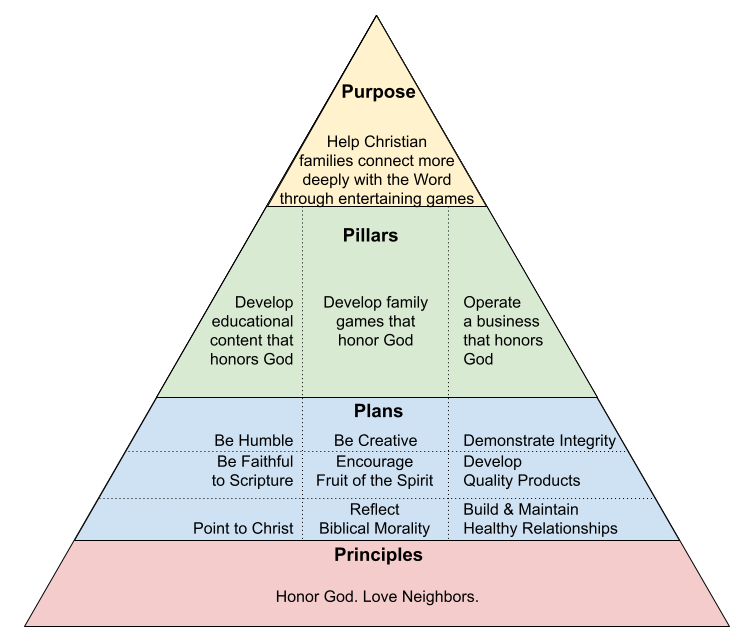







 I believe that the next journey that Jesus took was from Jerusalem to Nazareth, still as a tiny baby. As I’ve said in previous posts, Jerusalem was in Judea in the south of Israel, while Nazareth was in Galilee in the north.
I believe that the next journey that Jesus took was from Jerusalem to Nazareth, still as a tiny baby. As I’ve said in previous posts, Jerusalem was in Judea in the south of Israel, while Nazareth was in Galilee in the north.